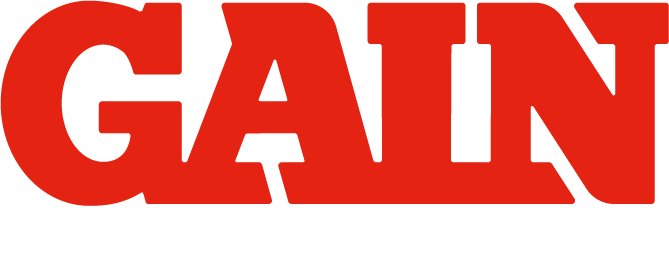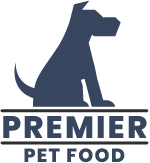Nutritional
Advice
What's The Right Food
For Your Pet?
Our Canned Dog Food provides a complete diet for adult dogs and can be fed on its own or along side our range of Dry Food. The meaty chunks and other quality ingredients, together with the correct amount of minerals and vitamins, helps ensure a nutritious, balanced diet for your dog.
At Premier Pet Food, we believe that animals nutritional needs always come first. Our recipes include added vitamins and minerals required for optimum animal health. We believe that food is the first step to a long, healthy and happy life. Our suppliers constantly innovate in order to provide the most healthy, delicious nutrition for the animals that depend on us.
Rules of Feeding
Your pet will have different nutritional requirements to you and your family. This is why it is a good idea to feed your pet specially designed pet food. It is less time-consuming to feed your pet something from the Premier Pet Food range, as our partners have conducted research into all our feeds to meet all your pet’s nutritional needs. Our food range is highly consistent and digestible which results in easily managed small dry stools and reduced levels of unpleasant dog odours.
- Adding scraps to the diet can upset the dogs digestion and lead to messy unpleasant-smelling stools.
- Be careful not to over-feed your pet.
- Dogs have a natural instinct to store food, and eat as much as possible.
- The right number of calories to feed your pet can depend on breed, their activity levels, their size, their age and ambient conditions.
- Please check our product descriptions to find out how much your pet should be eating a day.
Expert Feeding Guides
Below are PDF’s and Frequently Asked Questions. They are packed full of useful information and are worth a read.
![]() L – Carnitine: Vital for the health and well being of people and pets
L – Carnitine: Vital for the health and well being of people and pets
![]() Trucal milk calcium significantly increases bone strength and mproves bone biomarkers in vivo
Trucal milk calcium significantly increases bone strength and mproves bone biomarkers in vivo
![]() Building and Maintaining Strong Bones: A case for balance in dietary mineral consumption
Building and Maintaining Strong Bones: A case for balance in dietary mineral consumption
Frequently Asked Questions
If you are concerned that your pet is too thin, please contact your veterinarian. To determine whether your pet is too thin, look at them from the top and the side. If you can see the outline of each rib, your pet is too thin. When looking down at your pet, if you can see the actual hip bones, this may also be an indication that your pet is too thin. From the side, your pet’s belly should go up at the end of the ribs. You might be able to see the last rib and this is okay, but you should not see more. If you have to press your hand against you pet’s side to feel the ribs, there is too much fat. Also, if you look at your pet from the side and the abdomen does not go up at the end of the ribcage, there is too much fat in the belly.
Please see the product descriptions for feeding guides in the products section.
Starting with dogs, if you have a young puppy (less than 4 months old), consider 3 – 4 meals per day. For toy breed puppies (5-10 pounds full grown), you should feed 3 – 4 meals per day until they are 10 – 12 months of age to prevent hypoglycaemia or low blood sugar. Between 4 – 6 months, feed 2-3 meals per day. After 6 months, feed 2 meals per day.
Breaking up the meals into 2 a day can have a number of benefits. Firstly, in multi-dog households, ‘free-choice feeding’ can lead to one dog eating too much, and becoming over weight. Secondly, large and giant breeds are prone to bloat, so should be fed multiple smaller meals a day. And finally, with dogs that need medication, it is easy to time the medication with the meal, which is in some cases a requirement. Free choice feeding is the most common method for feeding cats if they feed dry food, but now there are some proponents to multiple meal feeding. The benefits are the same as they are for dogs: controlled portions, you know if your cat is not eating very well right away, and the ability to time medication with meals.
Both are fine, but we strongly recommend that you feed your pet a dry pet food as they are specifically designed to give your pet all the nutrients they need, with the added bonus that they can aid clean your pets teeth.


